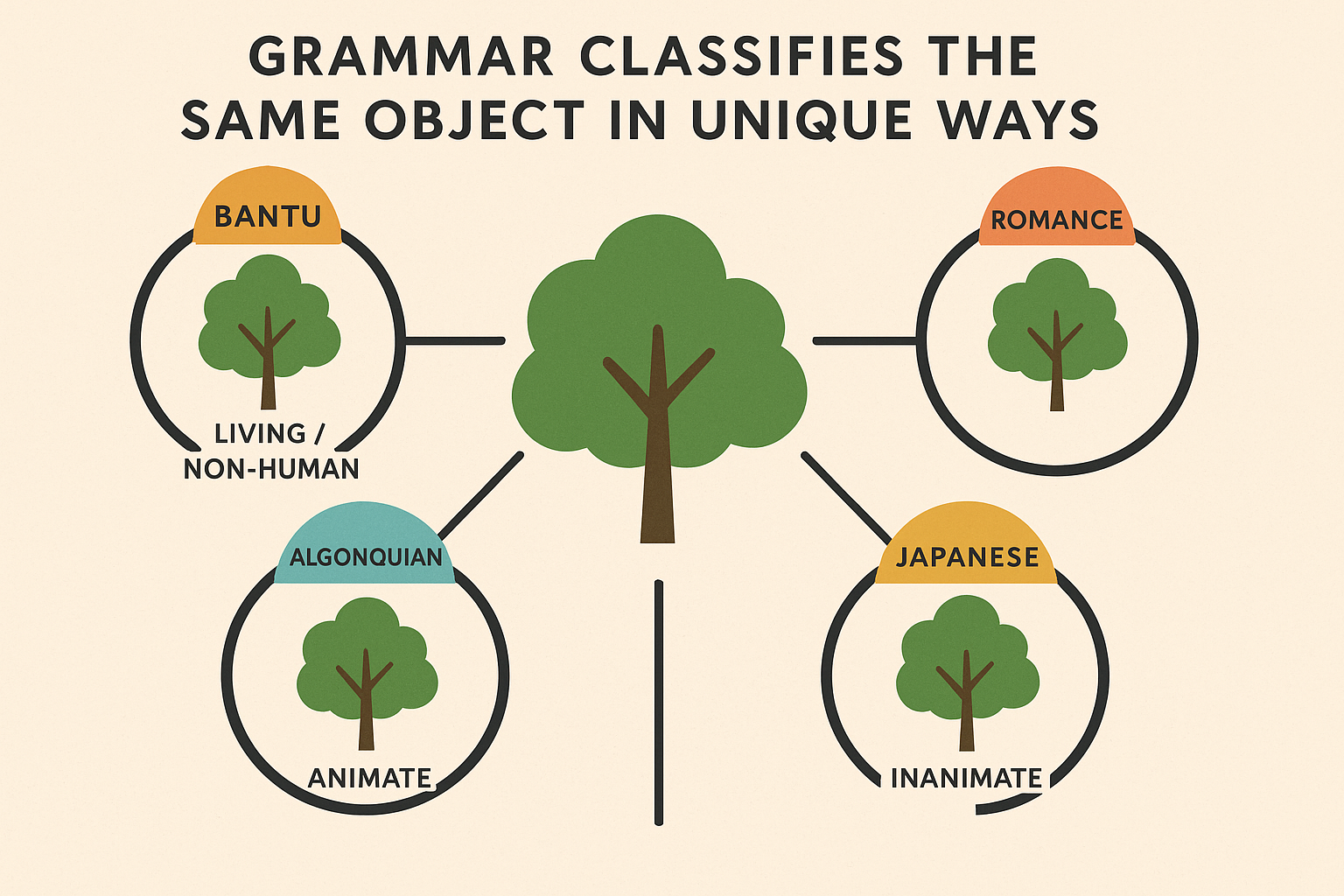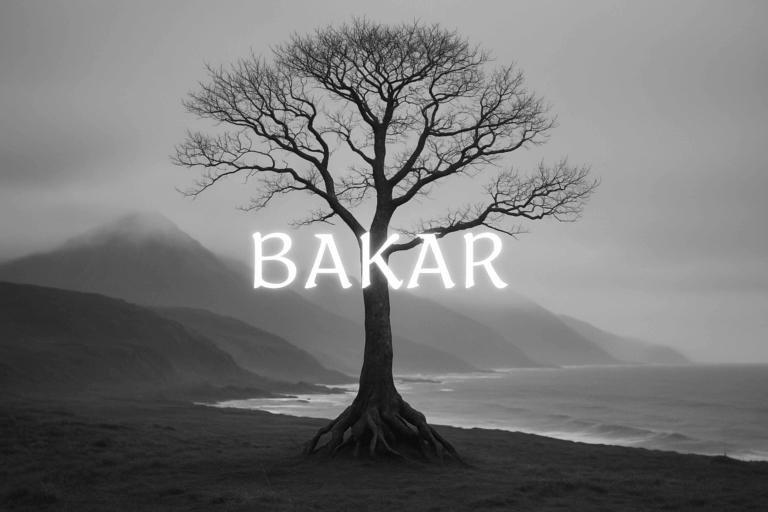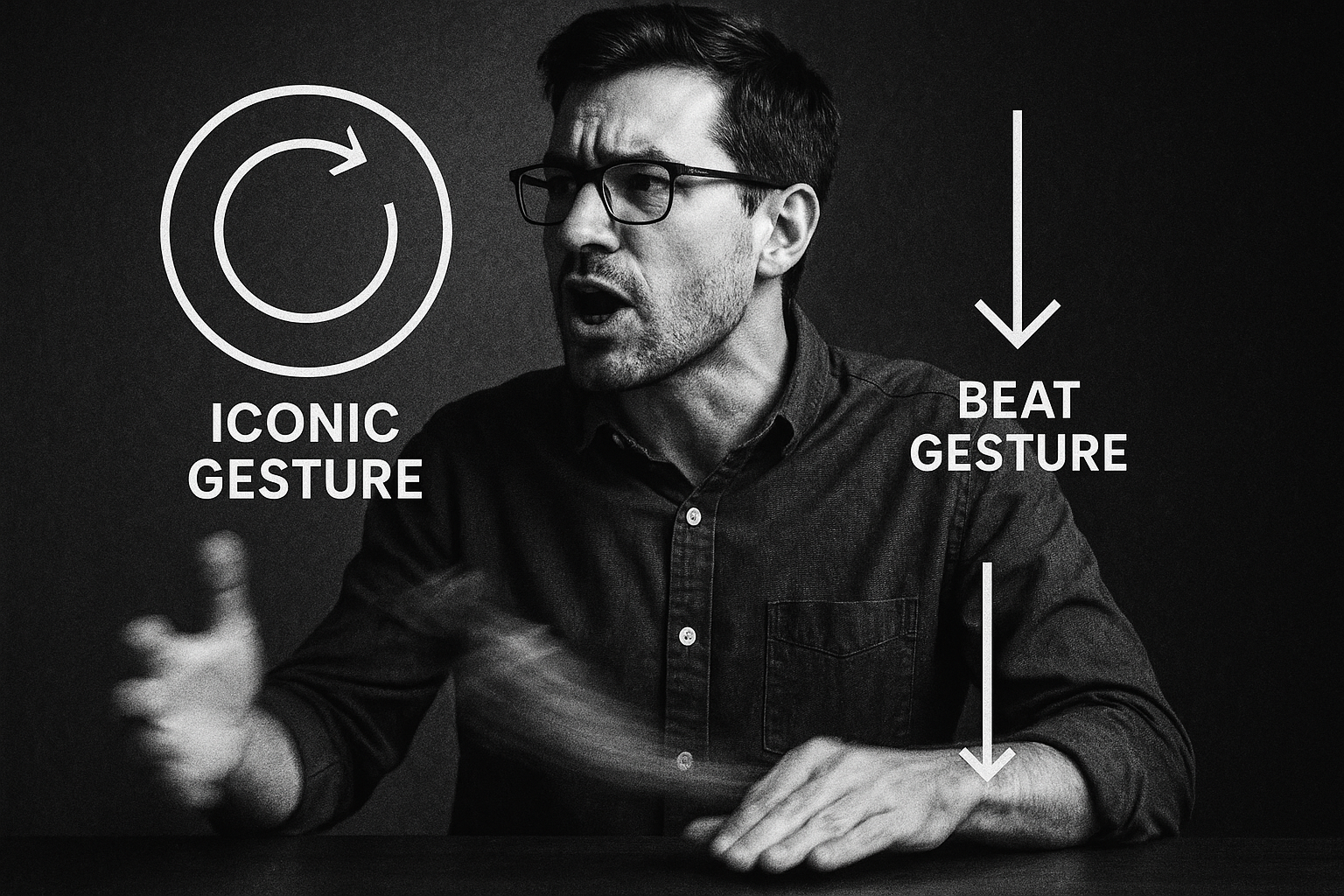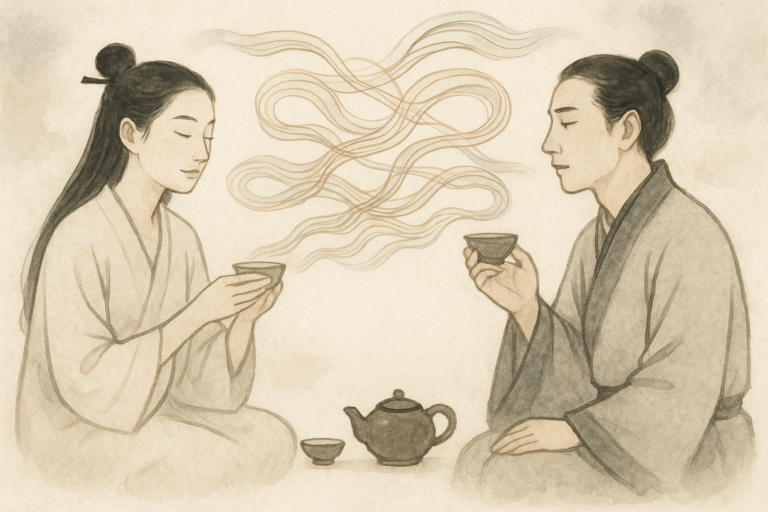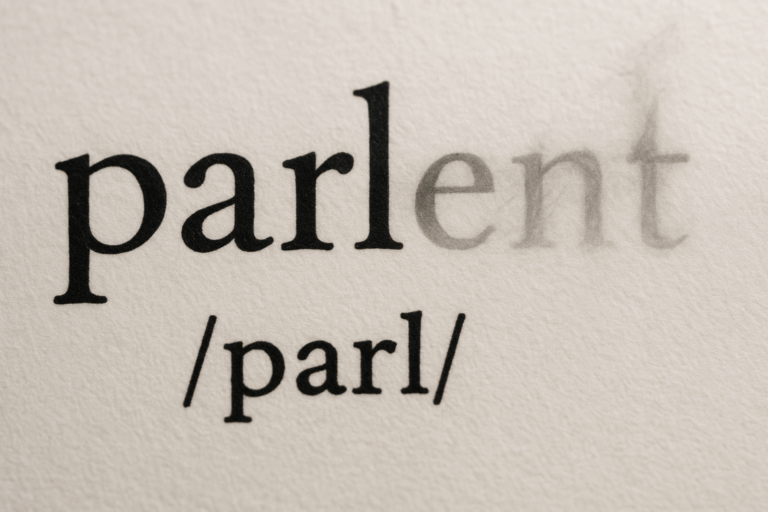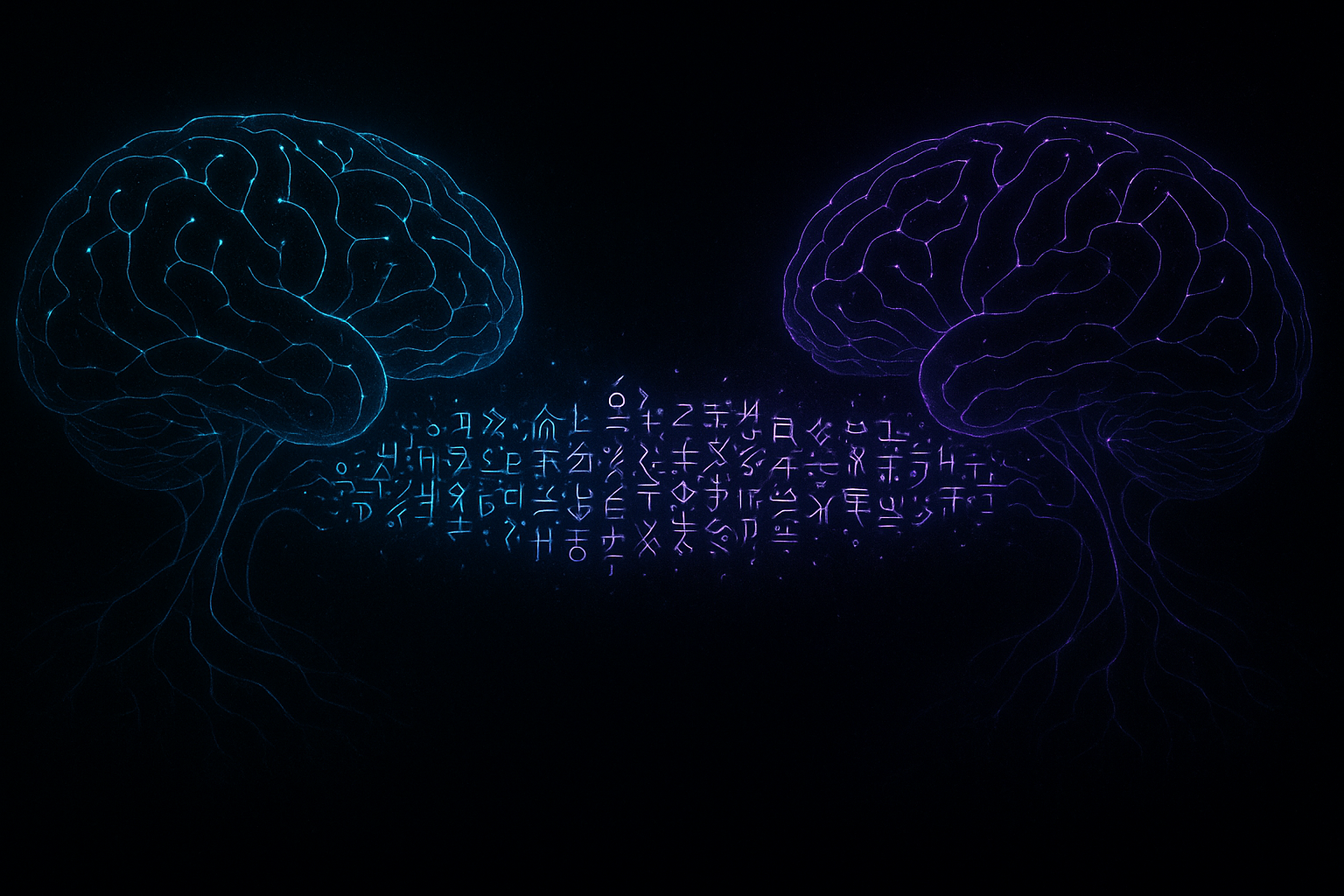In English, we navigate the world with a fairly simple set of pronouns: he, she, it. A person is a “he” or a “she,” and a chair, a rock, or an idea is an “it.” This system feels so natural that we rarely give it a second thought. But what if your language forced you to decide whether a table was masculine or feminine? Or what if it had a special grammatical category just for long, thin objects? Or, stranger still, what if it grouped women, fire, and dangerous animals into a single class?
This isn’t a thought experiment. This is the grammatical reality for billions of people around the world. Far from being arbitrary rules, systems of grammatical gender and noun classes are powerful, subtle forces that encode cultural values, reinforce social structures, and fundamentally shape how speakers perceive the world around them.
What are Noun Classes and Grammatical Gender?
At their core, both grammatical gender and noun classes are systems for sorting every noun in a language into a specific category. Once a noun is assigned to a class, other words in a sentence—like adjectives, articles, and verbs—often have to change their form to “agree” with it. This is a process linguists call concord.
Grammatical gender is the system most familiar to English speakers, primarily through European languages. It often, but not always, has a basis in biological sex.
- In Spanish, a book is masculine (el libro) and a table is feminine (la mesa).
- In German, a girl is, confusingly, neuter (das Mädchen).
The logic behind why an inanimate object gets a particular gender is often lost to time, but the effects are very real.
Noun classes are a broader and often more complex version of the same idea. Instead of just two or three genders, a language might have a dozen or more classes. The criteria for these classes can be incredibly diverse:
- Animacy (human vs. animal vs. inanimate)
- Shape (long vs. round vs. flat)
- Function (tools vs. plants)
- Material (wood vs. liquid)
- Abstractness
Grammatical gender can be seen as a small, specific type of noun class system. The Bantu languages of Africa are famous for their intricate and logical noun class systems.
Gendered Grammar: The World According to French and Spanish
In Romance languages like French, Spanish, and Italian, every noun has a gender. This constant gendering of the world isn’t just a grammatical chore; studies suggest it can influence cognition. Linguist Lera Boroditsky has conducted fascinating research on this topic. In one study, she found that German and Spanish speakers described the same object in different ways based on its grammatical gender in their language.
For example, the word for “key” is masculine in German (der Schlüssel) and feminine in Spanish (la llave). When asked to describe a key, German speakers were more likely to use words like “hard,” “heavy,” and “jagged” (stereotypically masculine traits), while Spanish speakers used words like “golden,” “intricate,” and “little” (stereotypically feminine traits). The grammar seemed to be nudging them toward a gendered perception of a simple object.
This gendering also has direct social consequences. As societies evolve, language must adapt. In Spanish, “the doctor” was traditionally el doctor. To specify a female doctor, the language adapted to create la doctora. This linguistic shift mirrors a social one, but it also highlights how a gendered language forces a speaker to specify gender where English does not (“the doctor” is neutral). These grammatical structures are battlegrounds for social change, reflecting evolving norms around professions and identity.
A Universe in Order: The Intricate Classes of Swahili
If Romance languages dip their toes into classifying reality, the Bantu languages dive in headfirst. Swahili, a Bantu language spoken across East Africa, has around 16 noun classes, each with a specific prefix that tells you what kind of “thing” you’re talking about. This system creates a beautifully ordered “folk taxonomy”—a culture’s unique way of categorizing the world.
Consider a few of the Swahili noun classes:
- Class 1/2 (m-/wa-): Used exclusively for human beings. Mtu (person), watu (people).
- Class 3/4 (m-/mi-): Often used for plants, trees, and forces of nature. Mti (tree), miti (trees).
- Class 7/8 (ki-/vi-): Often used for tools, inanimate objects, and diminutives. Kiti (chair), viti (chairs).
- Class 14 (u-): Used for abstract concepts. Umoja (unity), utu (humanity).
This system reveals a worldview. Humans are grammatically distinct from all other living things. Plants and natural forces share a category, while man-made tools have their own. Abstract ideas are given their own special class, separate from the physical world. The grammar itself tells a story about the relationship between humans, nature, objects, and ideas. The agreement system makes this visible in every sentence. To say “My big chair is broken,” you’d say Kiti changu kikubwa kimevunjika. The ki- prefix of the “chair” class attaches to “my” (changu) and “big” (kikubwa), tying the entire thought together.
Women, Fire, and Dangerous Things: When Categories Defy Logic
Perhaps the most famous and mind-bending example of noun classes comes from Dyirbal, an Aboriginal Australian language. The title of George Lakoff’s seminal book, Women, Fire, and Dangerous Things, comes directly from the baffling organization of one of Dyirbal’s four noun classes.
Here’s a simplified breakdown:
- Class I: Bayi (men, kangaroos, most animate things)
- Class II: Balan (women, water, fire, violence, sun, some birds and snakes)
- Class III: Balam (non-flesh foods, like edible plants and honey)
- Class IV: Bala (everything else – the ‘leftover’ class)
At first glance, Class II seems completely random. Why are women in the same category as fire and violence? The answer isn’t based on physical properties but on cultural mythology. In Dyirbal cosmology, the sun is considered a fiery, female spirit. Since fire is dangerous, other dangerous or unpredictable things were conceptually linked and grouped into the same grammatical category as women. It’s a classification system based on cultural narrative, not on what we might consider objective logic. The grammar of Dyirbal is a direct window into its speakers’ mythology.
The Grammar of Society: Perception, Power, and Identity
These examples show that noun classes are far more than a grammatical curiosity. They are the invisible architecture of a culture’s reality.
- They shape perception: A gendered language might subtly encourage us to personify objects, while a shape-based system might make us more attuned to the physical forms of things around us.
- They encode cultural knowledge: The Dyirbal system is a masterclass in how grammar can preserve mythology. The Swahili system presents a clear hierarchy of beings and objects, with humans at the top.
- They reflect and reinforce social structure: By creating a special class for humans, Bantu languages elevate them above the rest of creation. Debates over gendered job titles or the adoption of non-binary pronouns show how these systems are living frameworks that must adapt to social change.
The categories our language gives us are the default tools we use to understand and organize our experience. They provide a shared framework that is both a product of our culture and a force that continues to shape it. The next time you hear “he,” “she,” or “it,” remember that these simple words are just one of countless ways humanity has found to classify reality—each with its own logic, its own beauty, and its own profound impact on the people who speak it.
